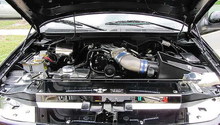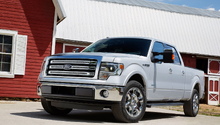Ford F-150: Why is My Truck Hesitating?
What could be the cause of the poor throttle response? Here's a list of possible reasons why your engine may not be performing at its best.
This article applies to the Ford F-150 (2004-2014).
Imagine this scenario: Your driving along on a two lane road and you suddenly end up stuck behind a minivan that is going too slow. Since its a back country road and there’s no one around, you decide to overtake the minivan to jump in front of it. There’s no on coming traffic, so you decide to make the move, you push down the gas pedal and you notice that your truck hesitates. The throttle doesn’t respond and you end up losing your chance to get in front of the slow minivan.
What could be the cause of the poor throttle response? There are several ways to isolate the problem and to make sure your truck’s engine is performing as it should. Here’s a list of possible reasons why your engine may not be performing at its best.
Step 1 - Check for trouble codes
Often times if something is wrong with your engine, your truck’s engine light may come on. But of course we all know that there are many reasons why that light may illuminate, which may not have an effect at all on your engine’s performance. The best way to tell if there is something wrong is to hook your engine up to a code reader. The engine’s on board diagnostics basically spits out a numeric code that tells your or a technician if something is not performing correctly. A technician can do this for your or you can buy your own code reader for less than $100 and then do a search online to interpret the codes.
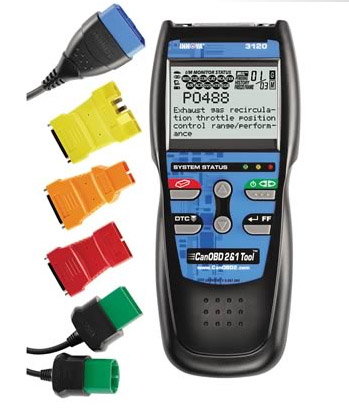
Step 2 - Change your air filter and other fluids
If your truck’s air filter is dirty your engine may not be getting enough air, which can reduce your gas mileage and your engine’s power. A clean air filter can reportedly increase acceleration by up to 10 percent. The same goes for dirty oil in your engine. if your truck’s engine oil is too dirty it can make the engine work harder, which will reduce the available horsepower.

Step 3 - Reflash your ECU
You could reflash your ECU, which stands for “engine control unit.” The ECU monitors your engine’s RPM and sensor outputs and uses that information to control items like valve timing and the fuel to air ratio. If you reflash your ECU, you are basically erasing the stored information and replacing it with new info that can improve your engine’s performance.
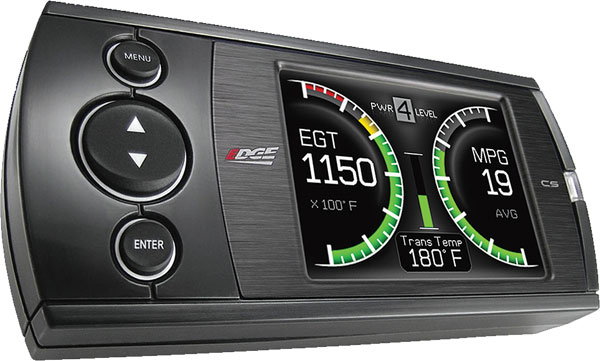
Step 4 - Change your spark plugs
When was the last time you changed your spark plugs and spark plug wires? Newer engines can go up to 100k miles between tune ups, but if your truck is using warn spark plugs it can reduce your engine’s performance.
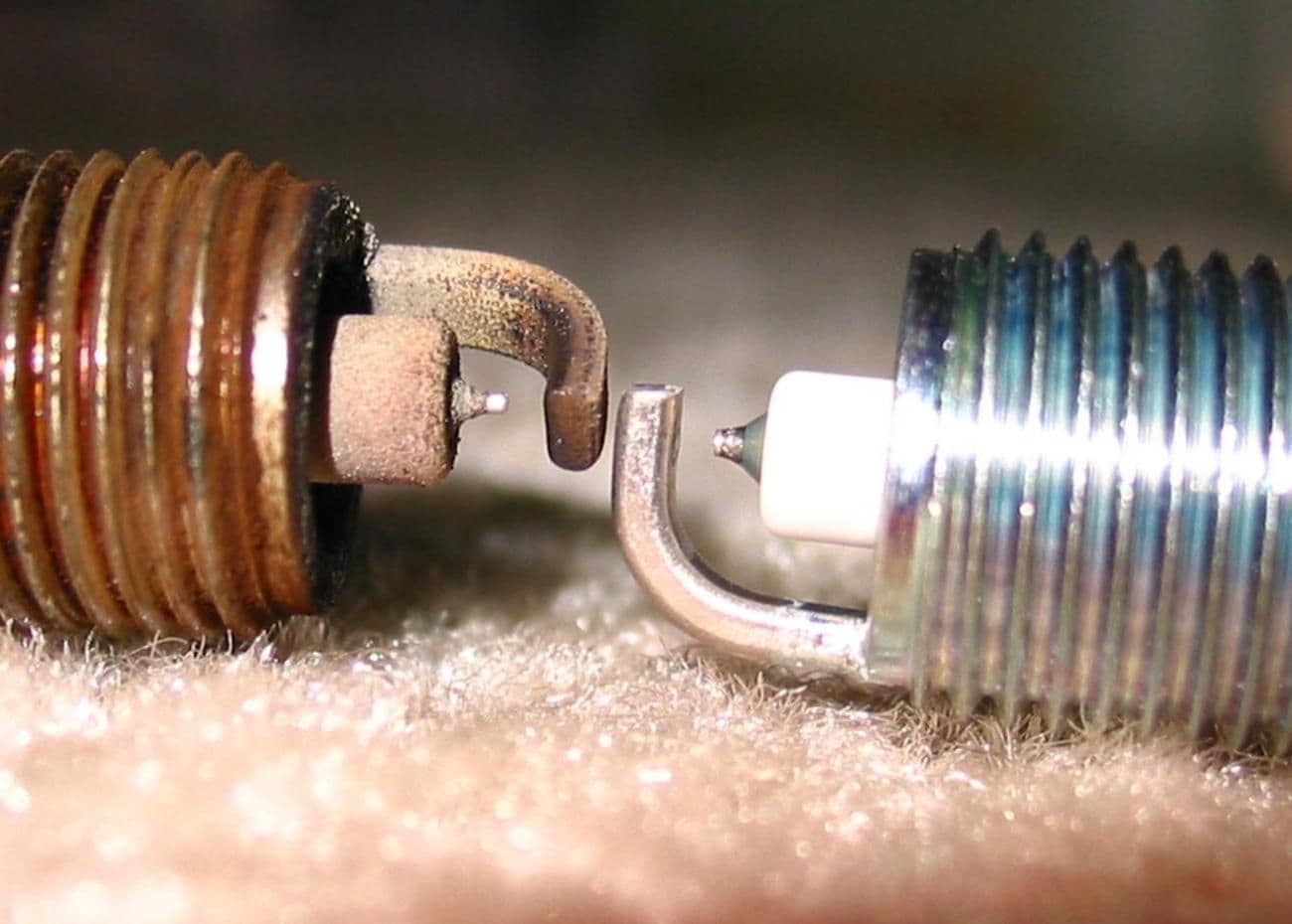
Step 5 - Clean your MAF
When your engine’s Mass Air Flow (MAF) sensor is dirty your truck’s check engine light will usually come on. The mass air flow sensor sends information about the amount of air entering your engine to the ECU, if it’s dirty, it will not function correctly and can cause your engine to stall, hesitate or even jerk during acceleration.
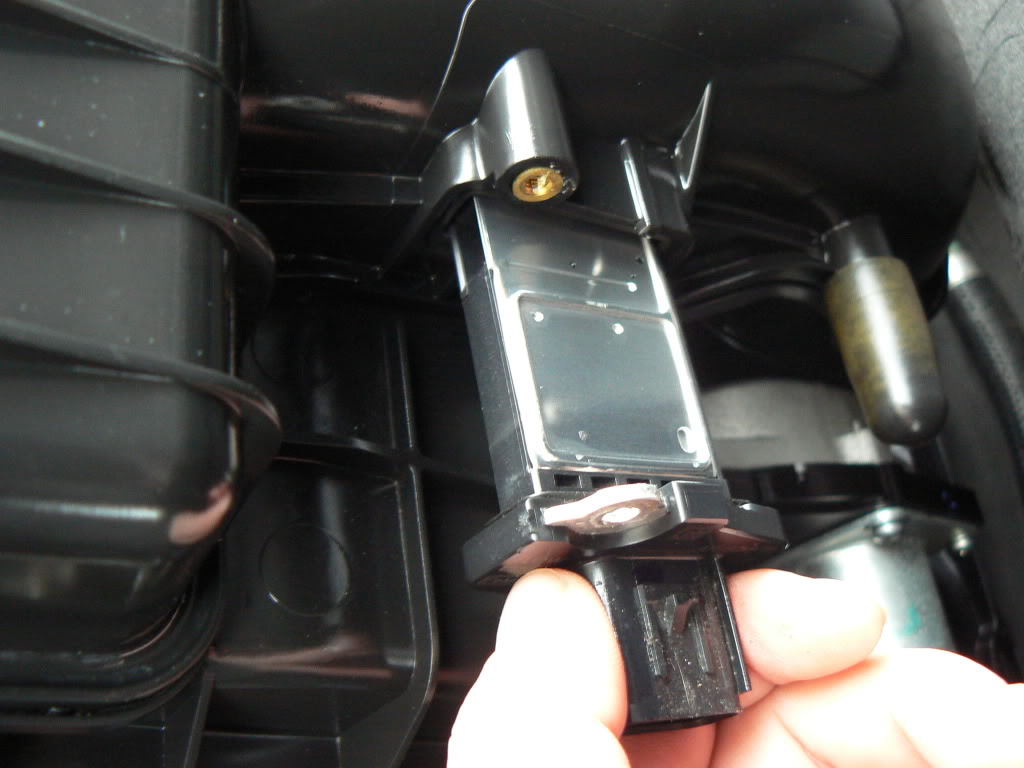
Step 6 - Change your fuel filter
Just like your air filter, if your fuel filter is dirty your engine will not have has much power. A clogged fuel filter can cause rough idling, reduced fuel economy and hesitation issues.





